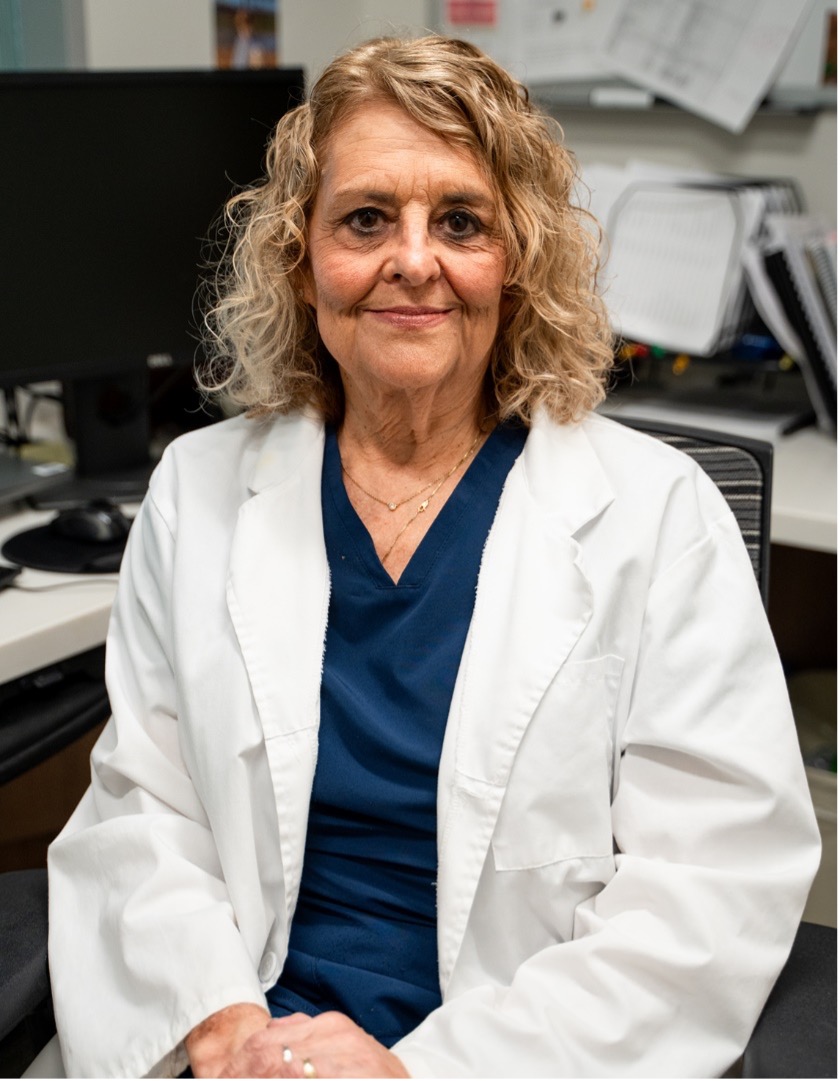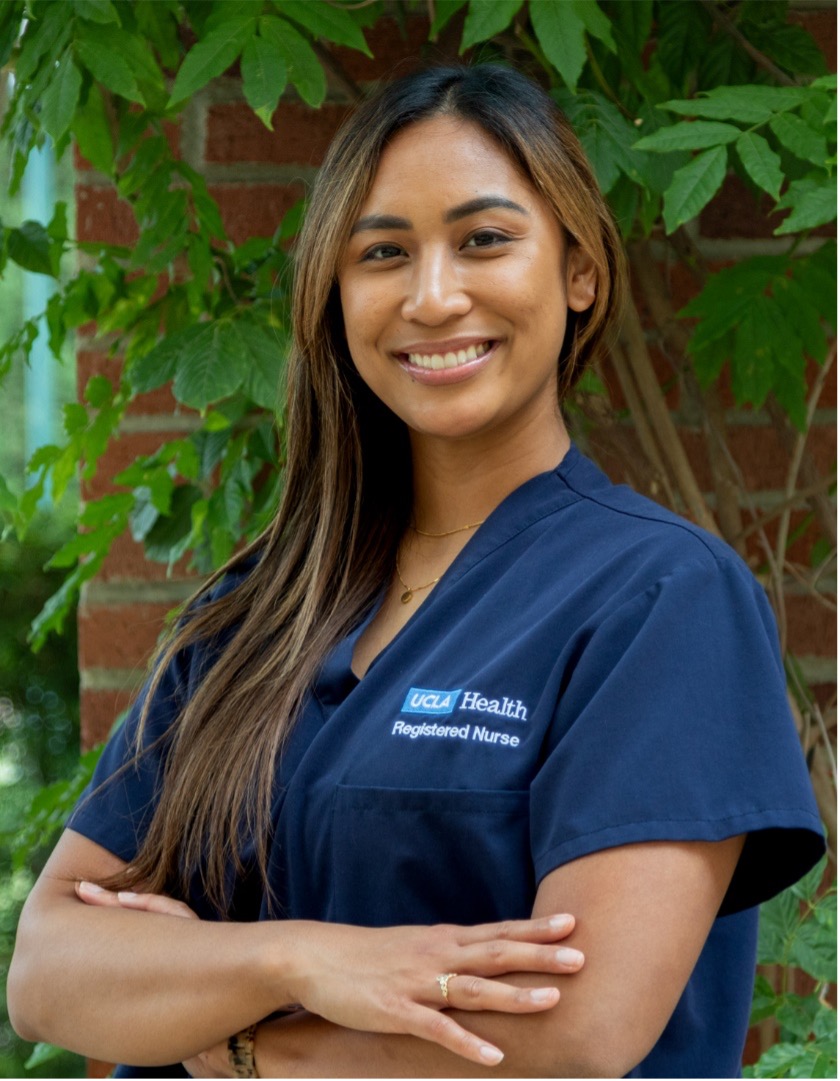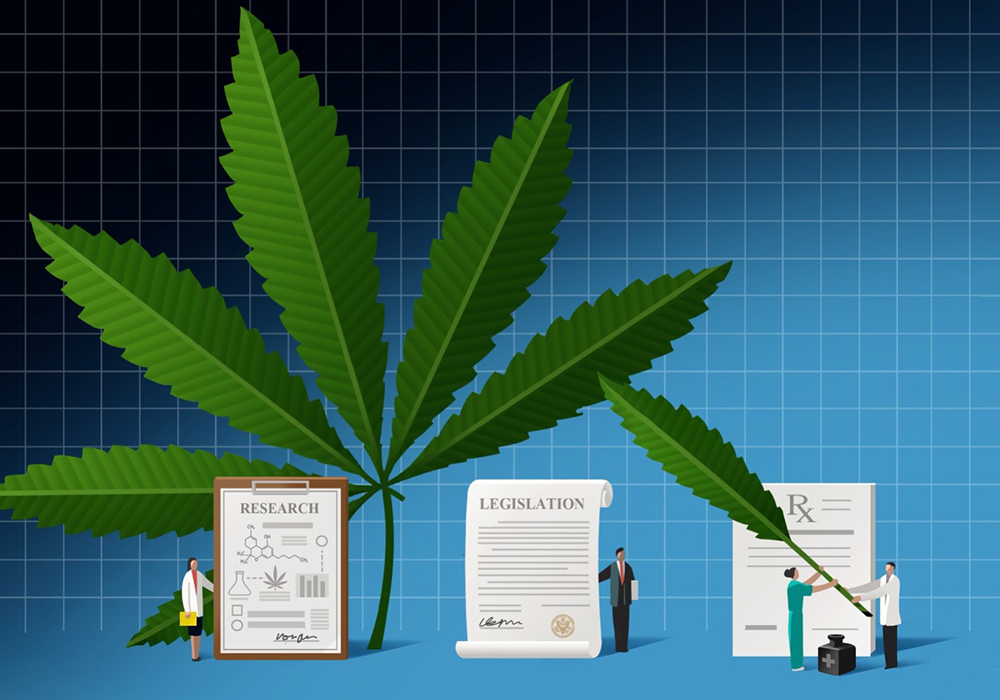A growing literature base supports the use of medical cannabis in cancer care and symptom management, and as of April 2023, 42 states, including 3 territories and the District of Columbia, allow for medical use. As more patients use or seek to use medical cannabis during their cancer trajectory, oncology nurses are looking to the latest research behind medical cannabis, how cannabis can impact their patients’ treatment plans and symptom management, and legislation in the state in which they practice.
In 2017, the National Academy of Sciences reported that conclusive or substantial evidence supported that cannabis is effective in treating cancer pain and chemotherapy-induced nausea and vomiting, moderate evidence supported its use in sleep disorders, and limited evidence supported use for anxiety and appetite stimulation. But how scientists and healthcare professionals can incorporate medical cannabis in research and patient care is complicated.

“Marijuana is a schedule 1 drug and therefore is illegal for healthcare providers to prescribe, administer, or distribute. Providers may only recommend its use,” ONS member Deena Damsky Dell, MSN, APRN, AOCN®, APRN oncology nurse at the Brian D. Jellison Cancer Institute at Sarasota Memorial Hospital in Florida, said. “To conduct research, researchers must file an investigational new drug application with the U.S. Food and Drug Administration, obtain a schedule 1 license from the U.S. Drug Enforcement Administration, and receive approval from the National Institute on Drug Abuse. This poses substantial barriers to research as well as therapeutic use.”
The Current Landscape of Medical Cannabis Research
Although often used interchangeably, the terms cannabis and marijuana have distinct definitions. Cannabis refers to all products derived from the plant Cannabis sativa, whereas marijuana refers to parts of or products from the plant that contain substantial amounts of tetrahydrocannabinol (THC), which is primarily responsible for marijuana’s effects on a person’s mental state.
“The endocannabinoid system is being heavily studied,” ONS member Alyssa Rose Varilla Ridad, BSN, RN, OCN®, registered nurse at the University of California, Los Angeles (UCLA), Santa Monica Medical Center, explained. “The two most studied cannabinoid receptors in our body are cannabinoid 1 (CB1) and cannabinoid 2 (CB2). Researchers are currently conducting studies exploring the connection between the endocannabinoid system and our immune system, which can tell us about the biologic impact that cannabis can have on the immune system.”

Patients with a variety of health conditions report that medical cannabis improves their health-related quality of life. Dell cited a 2022 study that concluded that patients with cancer most commonly use medical cannabis for sleep, pain, and anxiety, and that it is highly effective and well tolerated, with only 10.3% of study participants reporting any adverse events, most of which were minor. However, Dell said that clinical evidence is limited and additional high-quality trials are required.
“It is also important to note that there have been no reported deaths because of overdoses because there are no CB1 or CB2 receptors in the cardiorespiratory areas of the brainstem,” Dell said.
There have been rare reports of cannabinoid hyperemesis syndrome, which causes frequent, severe nausea and vomiting. However, Dell and Ridad said it typically affects only those who chronically use cannabis recreationally, long before any medical needs.
“Regular long-term use can also lead to cannabis use disorder, an addiction syndrome similar to other controlled substance use disorders, and concerns about brain development make use in children and adolescents controversial,” Dell said. “Some evidence has suggested an increased risk of schizophrenia and psychosis-related disorders in those with a history of recreational marijuana use. Use in patients under the age of 18 has been linked to a lower IQ and changes in the brain regions important to memory and learning, and the association is not seen when marijuana use was started as an adult.”
How Healthcare Professionals Are Using Medical Cannabis
“Because of a basic lack of knowledge regarding cannabis and its use in cancer supportive care, most healthcare providers, including oncologists, do not feel comfortable recommending it,” Dell said. “Providers depend on colleagues who are knowledgeable in cannabis therapeutics and the endocannabinoid system to guide treatment decisions. Furthermore, they are limited because of its classification as a schedule 1 drug.”
However, several drugs containing individual cannabinoids are U.S. Food and Drug Administration approved, including dronabinol, cannabidiol, and nabilone. Ridad said that patients self-administer dronabinol to manage chemotherapy-induced nausea and vomiting while in her care.
“Dronabinol is approved for use for chemotherapy-induced nausea and vomiting as well as anorexia,” Ridad said. “In patients undergoing a chemotherapy infusion or experiencing delayed nausea and vomiting, I see dronabinol prescribed when all other antiemetic agents have not been effective.”
Oncology nurses should recognize that while legal in some states, medical cannabis is still federally classified as a schedule 1 controlled substance. Nurses should be mindful of their facility’s protocols and policies around cannabis use.
Providers must give specific information to patients seeking to use medical cannabis that is tailored to their individual needs and continuously follow up with patients to determine whether modifications or further education are necessary. Additionally, like any medication or therapeutic, medical cannabis has the potential for drug interactions with conventional treatment. Provide patient education about reporting adverse effects to the cancer care team for monitoring and care.
The National Council of State Boards of Nursing issued guidelines for nursing care of patients using cannabis in 2018, which recommend that nurses:
- Have knowledge of the current state legislation regarding marijuana use.
- Have knowledge of how the medical cannabis program works where they practice.
- Understand the endocannabinoid system, including cannabinoid receptors, cannabinoids, and their interactions.
- Understand cannabis pharmacology and the research associated with medical use.
- Recognize safety concerns for individual patients.
- Be nonjudgmental about patients’ choices for managing their symptoms.
Understand and Follow State Regulations for Medical Cannabis
Because medical cannabis use is regulated at the state level, oncology nurses must understand their practicing state’s specific medical cannabis laws, requirements, and programs. Although both Dell and Ridad reside and practice in states that have legalized medical cannabis, the processes for caring for patients who request additional information on its use vary greatly.
“California has led the way in cultural change in cannabis culture,” Ridad said. “It became the first state to legalize medical marijuana in 1996 under the Compassionate Use Act of 1996 or Proposition 215.”
California has no statewide programs that oversee cannabis distribution, Ridad said. However, certain counties and cities have their own ordinances on medical cannabis regulation, which may change its accessibility and availability across the state. For example, at Ridad’s institution, the interprofessional team does not provide or administer medical cannabis. Instead, they allow terminally ill patients to self-administer their own cannabis products if they meet certain criteria.
Ridad said that patients have several options to access medical cannabis in California. They may obtain a physician’s recommendation and medical marijuana ID card before heading to a licensed dispensary to purchase cannabis products. They may grow it at home, or they may visit specialty clinics with healthcare providers who specialize in medical cannabis treatments and can advise patients.
“Oncology nurses should recognize that while legal in some states, medical cannabis is still federally classified as a schedule 1 controlled substance,” Ridad said. “Nurses should be mindful of their facility’s protocols and policies around cannabis use. It’s also important to protect the patient’s confidentiality throughout any discussion on medical cannabis because it is considered a medical treatment under the Health Insurance Portability and Accountability Act.”
Dell said that in Florida, physicians must complete a two-hour medical cannabis course and examination provided by the Florida Medical Association and the Florida Osteopathic Medical Association to obtain and renew a license to certify patients for medical cannabis use.
To certify a patient, physicians must determine that the benefits of medical cannabis usage are greater than the risks after conducting a physical examination and medical history assessment. After patients complete an approved consent form, the physician enters their order in the Medical Marijuana Use Registry. Patients and caregivers must also maintain an active Medical Marijuana Use Registry card. Once approved, patients or caregivers must purchase low-THC medical cannabis from a state-licensed medical marijuana treatment center.
Dell said that physicians can order each certified patient a 70-day supply of nonsmoking forms of medical cannabis with three renewals per the physician’s certification period. Medical cannabis in smoking form is ordered in 35-days increments with six renewals.
How to Advocate for Patient Access
“Oncology nurses can advocate for their patients by educating themselves,” Ridad said. “As oncology nurses, we should educate ourselves on this topic so that we can feel empowered to answer our patients’ questions. Like our approach to new immunotherapy drugs, we should do our part and take the time to familiarize ourselves with what our patients may be taking. Even just by reading the American Cancer Society’s take on marijuana and cancer, nurses may learn something useful to be able to take back to their patient.”
Some state medical cannabis programs may offer courses and certifications on cannabis, such as Florida’s mandatory course for physicians. Ridad also suggested looking for university hospitals that have programs or centers dedicated to cannabis research, which may offer symposia or workshops on the topic. She added that UCLA’s Center for Cannabis and Cannabinoids is a helpful resource.
In December 2022, the Medical Marijuana and Cannabidiol Research Expansion Act was signed into law, which has made it easier for researchers to conduct clinical trials on medical cannabis. “With the established provisions and procedures of the new law, we will hopefully be seeing an increase in high-quality research studies being done on cannabis within the oncology population,” Ridad said. “This should be exciting news for us in the oncology world because more research is needed for advancements in general regulation of CBD and THC products.”
Oncology nurses can also explore their local, state, and federal legislation on medical cannabis and stay up to date on its role in nursing clinical practice.
“Patients want information about medical cannabis, how well it works, side effects, and how to obtain it,” Dell said. “Nurses should be open to those concerns. At times, it may be appropriate to ask patients if they have explored their options for medical cannabis with their healthcare providers if they are having distressing symptoms that are not relieved by traditional means.”
“We must understand that patients may be using cannabis regardless of medical opinion. As nurses, it is important to create a safe environment for our patients to openly discuss any curiosity around its use,” Ridad said.






